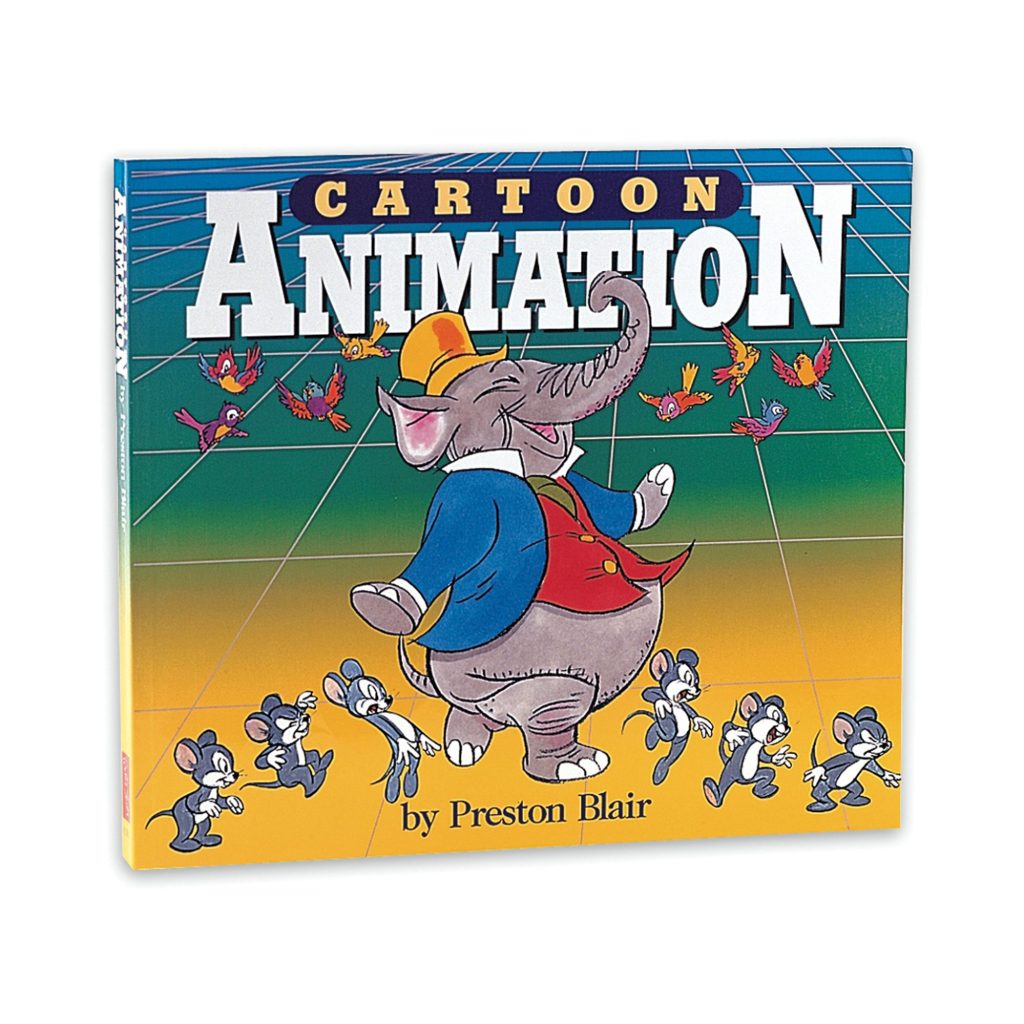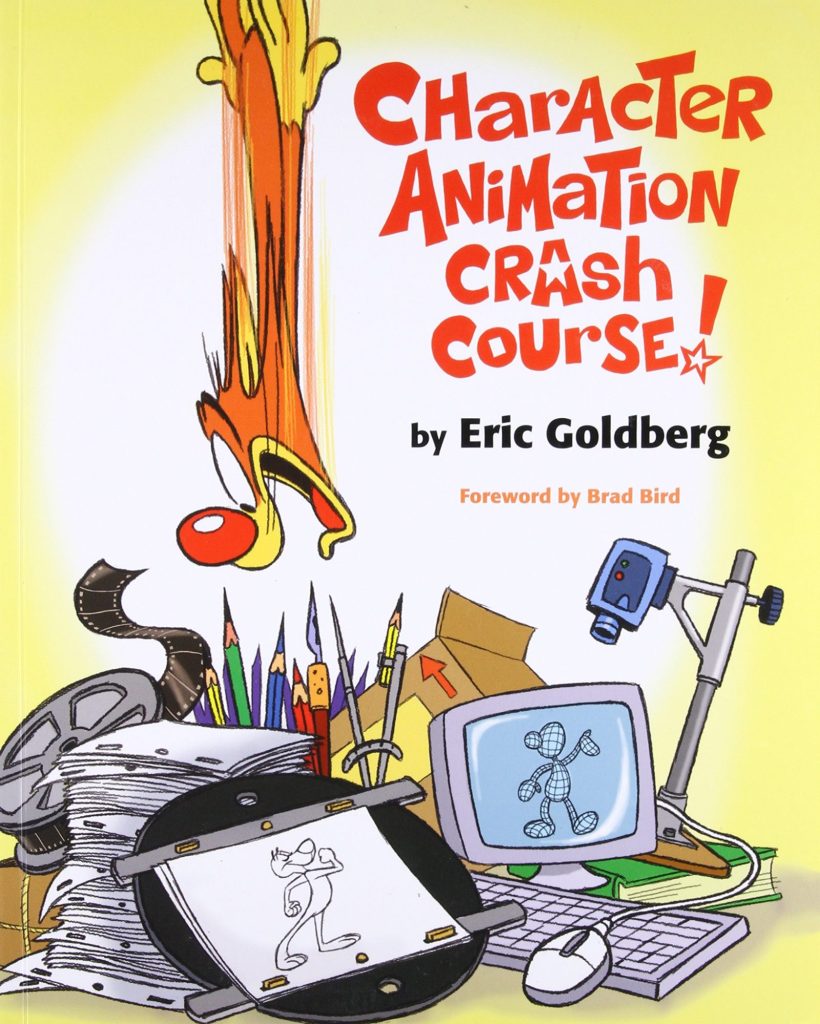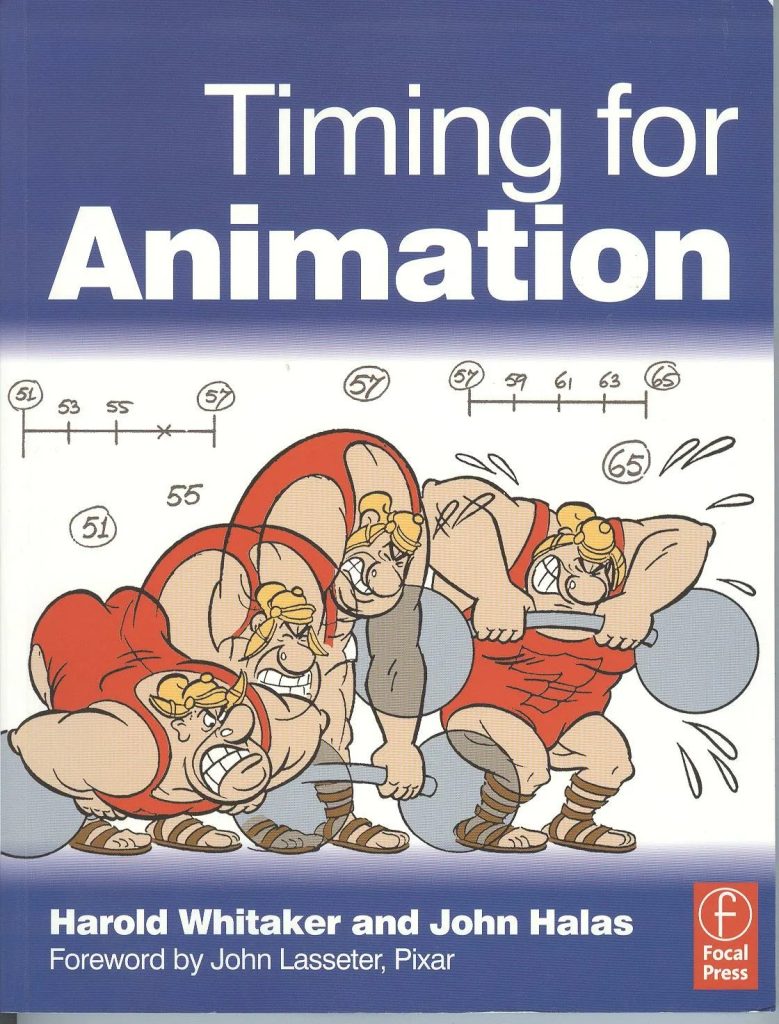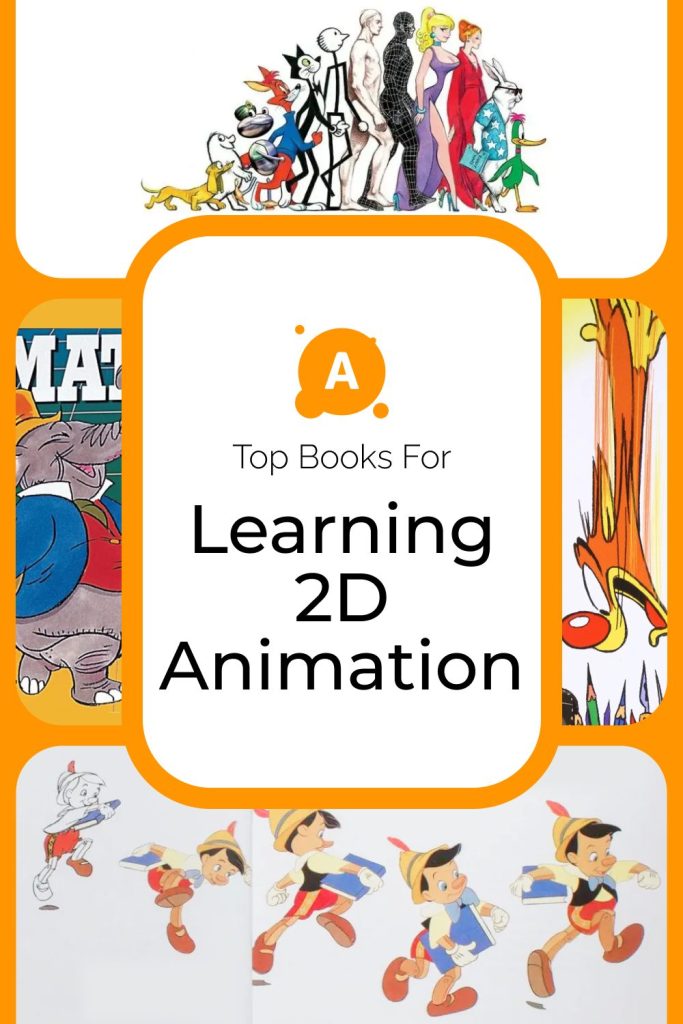What Are the BEST Books to Learn 2D Animation?
In the world of animation, books play a crucial role in learning and refining skills. Each book is a valuable source of information, revealing secrets and techniques developed and honed by masters of the craft. For a 2D animator, it’s important not only to master the tools but also to understand the fundamental principles that underpin successful animation. In this article, we will explore five books that will become essential resources for anyone striving to reach new heights in 2D animation.
Each of the books are great companions to any of our Tradiational 2D Animation Coures!
The Illusion of Life: Disney Animation

One of the most authoritative books in the world of animation is the work of two legendary Disney animators, Frank Thomas and Ollie Johnston. In this book, they reveal the core principles of animation that have made Disney films the standard to emulate. The Illusion of Life is not just a textbook; it’s a true encyclopedia that explains how to create characters that feel alive and believable. Thomas and Johnston pay special attention to emotions, movements, and interactions between characters, making their book an indispensable part of any animator’s library.
The Animator’s Survival Kit

Another classic book that deserves the attention of every animator is Richard Williams’ The Animator’s Survival Kit. This guide is a comprehensive resource for animators, where Williams shares his extensive knowledge and experience. The book provides detailed descriptions of techniques and methods that help animators create realistic and lively character movements. Williams focuses on the practical aspects of animation, such as timing, poses, and transitions, making his book an invaluable tool for any animator.
Cartoon Animation by Preston Blair

Cartoon Animation by Preston Blair is another must-read for any aspiring 2D animator. Written by one of the most skilled animators from the Golden Age of animation, this book provides a guide to the principles of character animation. Blair breaks down the process of creating animated characters into simple, understandable steps, covering everything from the basics of character design to advanced techniques like dialogue and special effects animation.
The book is well-known for its clear explanations and practical exercises, making it a great resource for both beginners and experienced animators looking to refine their craft. Blair’s approachable style and detailed illustrations make this book a timeless classic in the world of animation education.
Character Animation Crash Course!

Eric Goldberg, one of Disney’s leading animators, shares the secrets of creating convincing and charismatic characters in his book Character Animation Crash Course!. Goldberg explores the process of character development from the very first steps – from the idea to the final animation.
The book offers practical advice that helps animators convey a character’s personality and emotions through movement and expressions. Character Animation Crash Course! is an ideal tool for those who want to learn how to create memorable and expressive characters.
Timing for Animation

Timing is a key element of animation that turns a series of static images into lively and dynamic movement. In the book Timing for Animation, Harold Whitaker and John Halas thoroughly explain how to correctly use timing in animation. The book covers essential principles of movement, such as acceleration, deceleration, and smooth transitions, allowing animators to achieve maximum realism in movement. This publication is perfect for those who seek to improve their skills and gain a deeper understanding of the art of animation.
Don’t Just read them put the skills into practice!
Animation is an art that requires deep understanding and mastery. The books we’ve reviewed in this article are invaluable sources of knowledge and experience that will help every animator refine their skills and create high-quality work. Regardless of skill level, studying these books will allow for a better understanding of animation principles and open up new horizons in this fascinating and dynamic art form.
May each of these books be a step on the path to creating your own animated masterpieces.
Take Your Animation Skills to the Next Level with Our <<Basics in traditional 2D animation>>!




